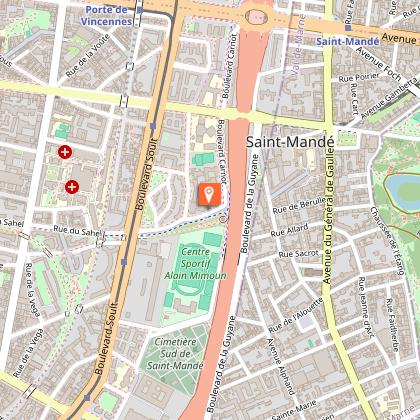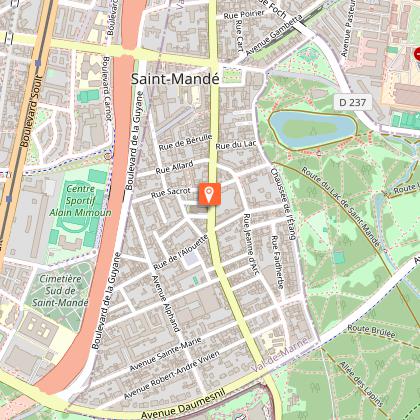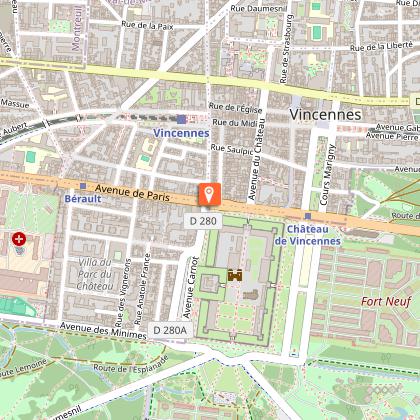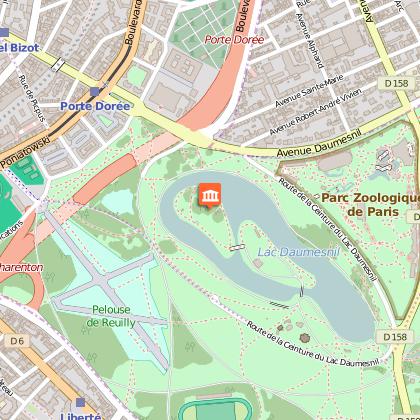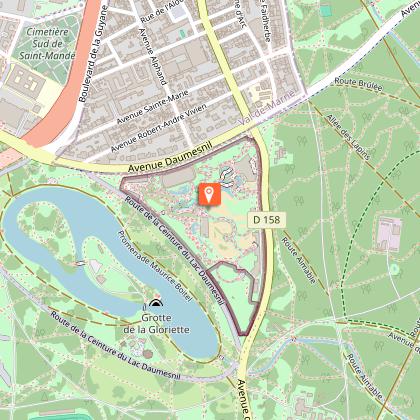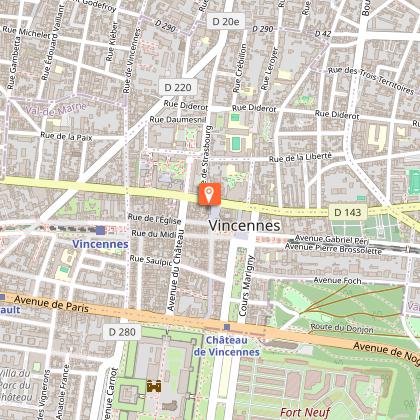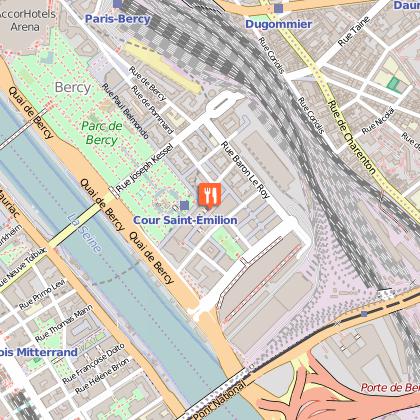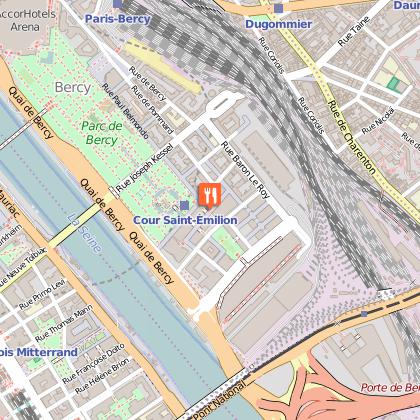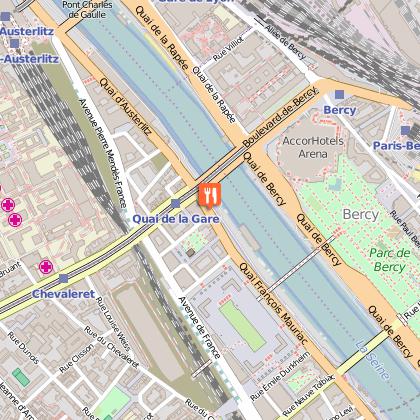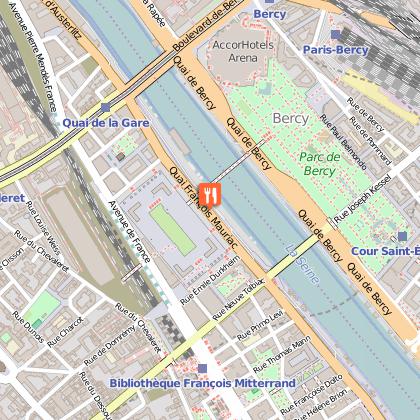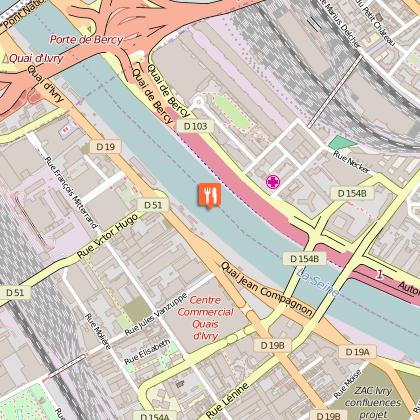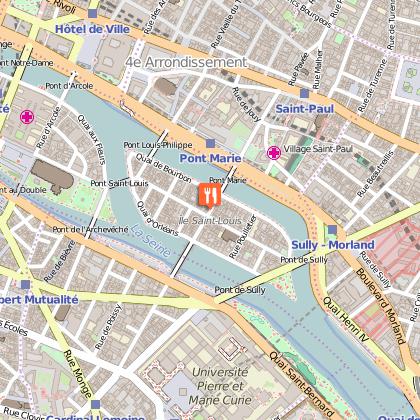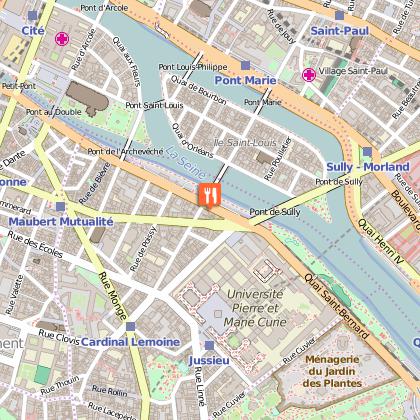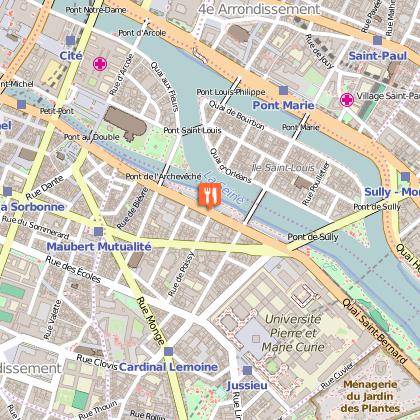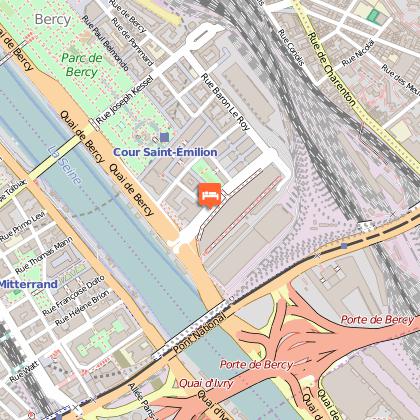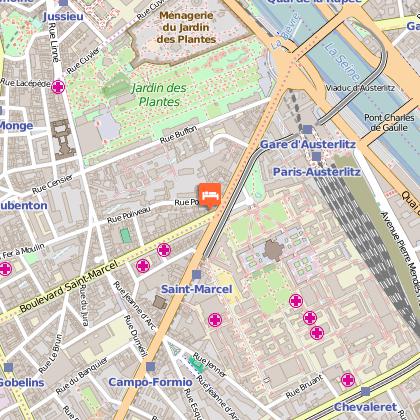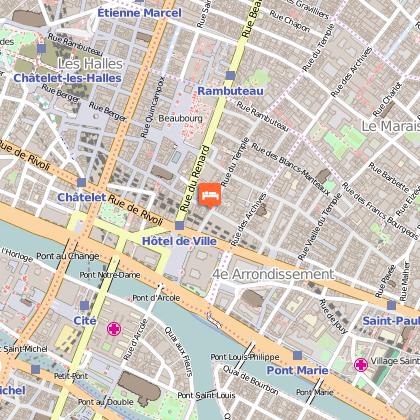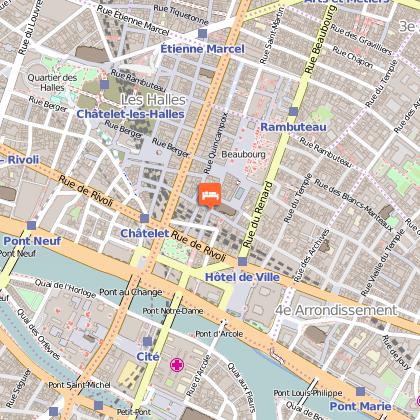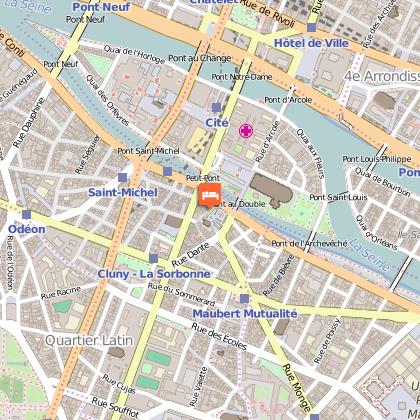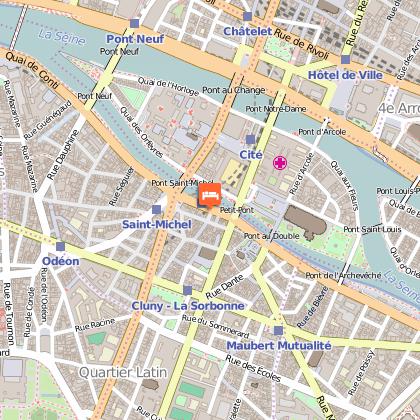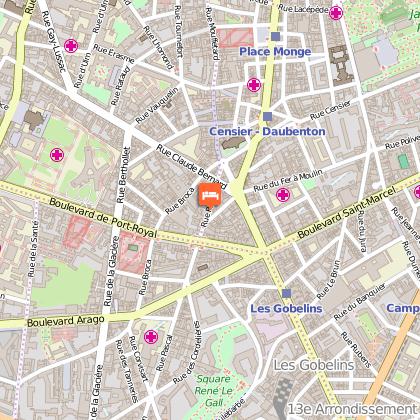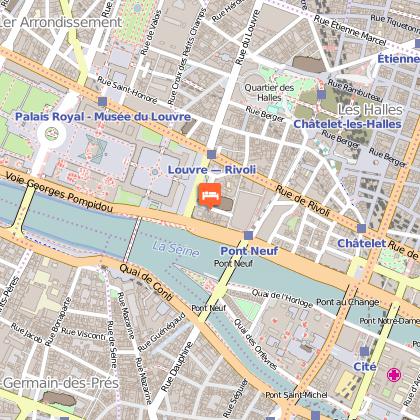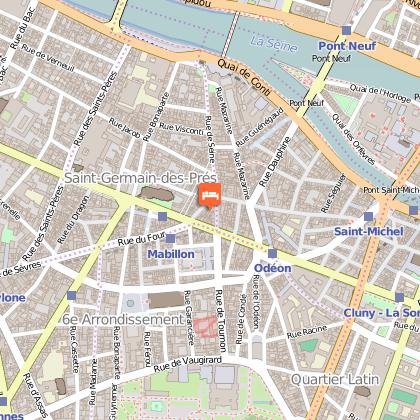Tours
Activities
Places of interest
Where to eat
Where to sleep
Uncover the 20th district treasures from HOTEL DE L'UNION
Are you the owner?Welcome to the 20th arrondissement of Paris, an area brimming with charm and history. Just steps away from HOTEL DE L'UNION, you can explore local wonders like the Père-Lachaise Cemetery, resting place to icons such as Jim Morrison and Édith Piaf. Stroll through the heart of Belleville Park, offering breathtaking views of the city. For a cultural experience, visit the Bellevilloise, a unique space...See more
Walking around HOTEL DE L'UNION
See more suggestionsEmbark on a hike in HOTEL DE L'UNION.
See more suggestionsWhat to do in HOTEL DE L'UNION
See more suggestionsEnjoy the activities available in HOTEL DE L'UNION for moments of relaxation and fun.
See more suggestionsIGN cards

2314OT - PARIS FORÊT DE MEUDON FORÊT DE FAUSSES REPOSES
Editor : IGN
Collection : TOP 25 ET SÉRIE BLEUE
Scale : 1:25 000
13.90€

119 PARIS SENS PNR DU GÂTINAIS FRANÇAIS
Editor : IGN
Collection : TOP 100
Scale : 1:100 000
8.40€

190 PARIS CHANTILLY FONTAINEBLEAU
Editor : IGN
Collection : TOP 100
Scale : 1:100 000
8.40€
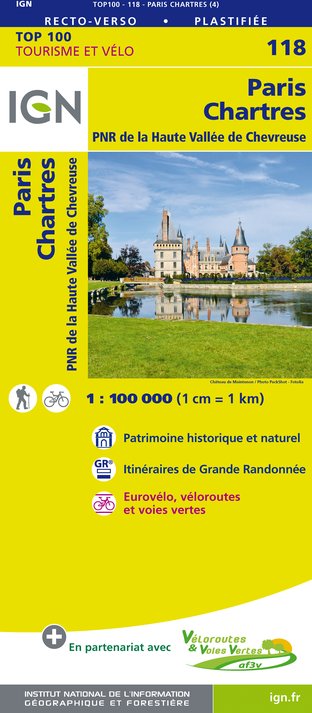
118 PARIS CHARTRES PNR DE LA HAUTE VALLÉE DE CHEVREUSE
Editor : IGN
Collection : TOP 100
Scale : 1:100 000
8.40€
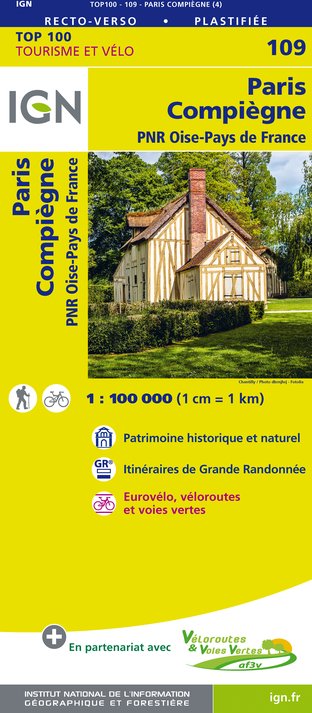
109 PARIS COMPIÈGNE PNR OISE-PAYS DE FRANCE
Editor : IGN
Collection : TOP 100
Scale : 1:100 000
8.40€

108 PARIS ROUEN BEAUVAIS PNR DU VEXIN FRANÇAIS
Editor : IGN
Collection : TOP 100
Scale : 1:100 000
8.40€

D75-95 ÎLE-DE-FRANCE OUEST
Editor : IGN
Collection : CARTES DÉPARTEMENTALES IGN
Scale : 1:150 000
5.90€

D77 SEINE-ET-MARNE
Editor : IGN
Collection : CARTES DÉPARTEMENTALES IGN
Scale : 1:150 000
5.90€

NR08 CENTRE-VAL DE LOIRE
Editor : IGN
Collection : CARTES RÉGIONALES IGN
Scale : 1:250 000
6.80€

NR03 ÍLE DE FRANCE
Editor : IGN
Collection : CARTES RÉGIONALES IGN
Scale : 1:250 000
6.80€

NR01 HAUTS-DE-FRANCE
Editor : IGN
Collection : CARTES RÉGIONALES IGN
Scale : 1:250 000
6.80€

801 FRANCE NORD OUEST
Editor : IGN
Collection : CARTES NATIONALES IGN
Scale : 1:320 000
6.10€

EUROPE
Editor : IGN
Collection : DÉCOUVERTE DES PAYS DU MONDE IGN
Scale : 1:2 500 000
7.00€
What to visit in HOTEL DE L'UNION
See more suggestionsTake a boat tour around HOTEL DE L'UNION.
See more suggestionsWhere to eat in HOTEL DE L'UNION
See more suggestionsThe restaurants of HOTEL DE L'UNION await you.
See more suggestionsWhere to sleep in HOTEL DE L'UNION
See more suggestionsChoose a comfortable accommodation in HOTEL DE L'UNION.
See more suggestions



















